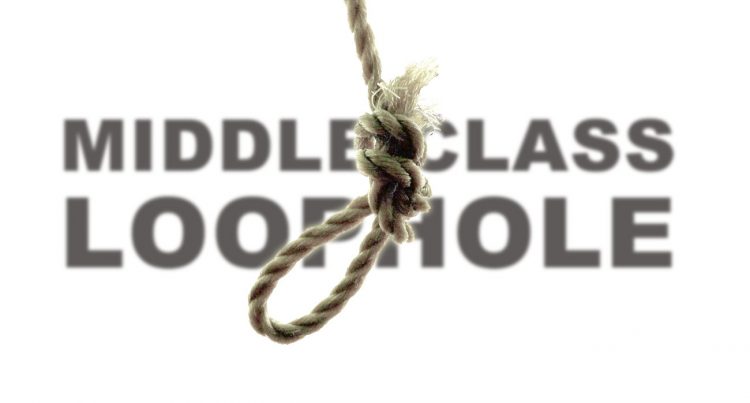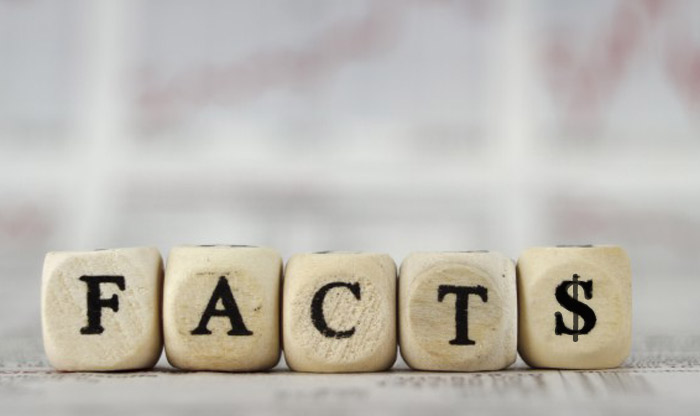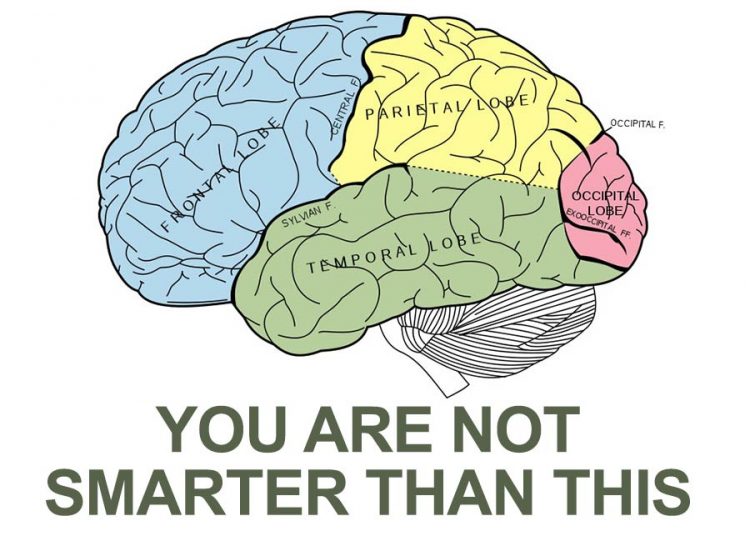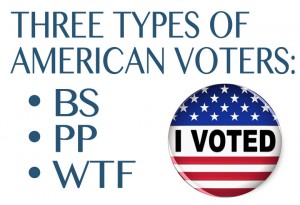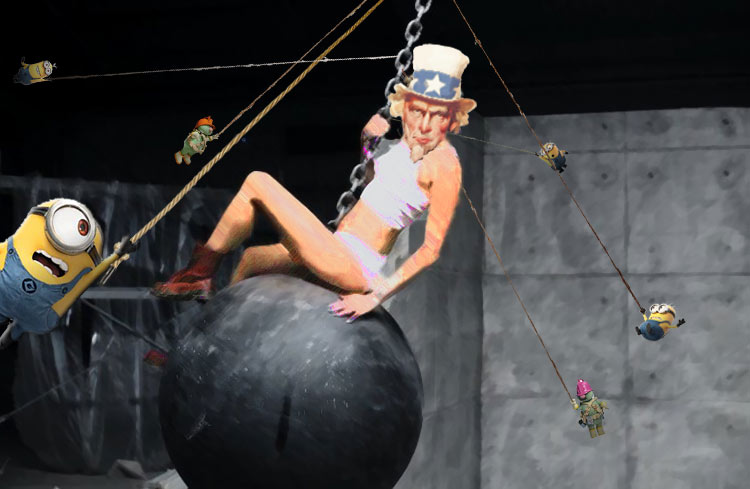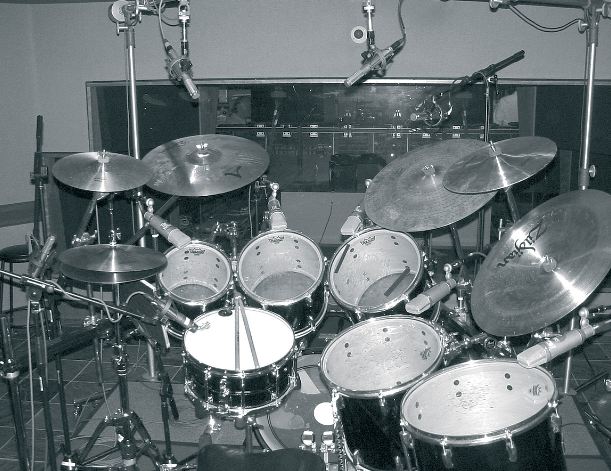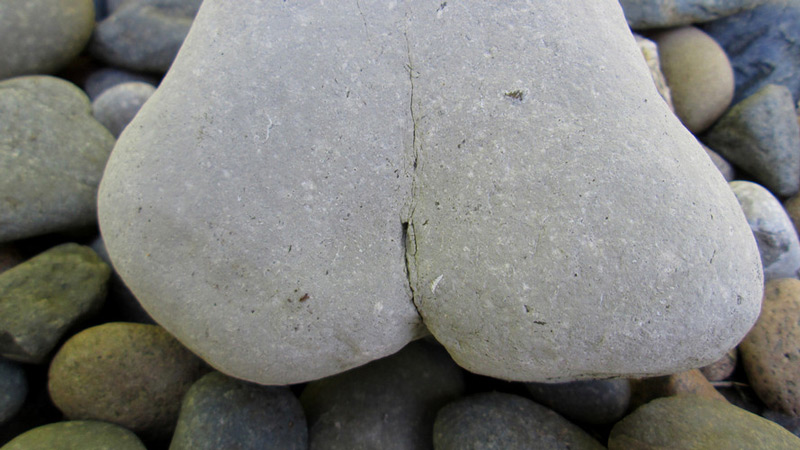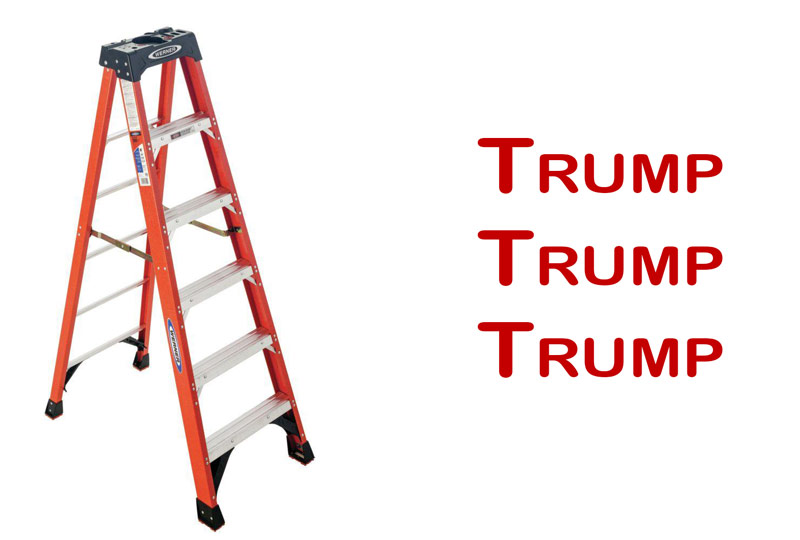When recording an acoustic guitar your fist choice is: record in stereo or in mono?
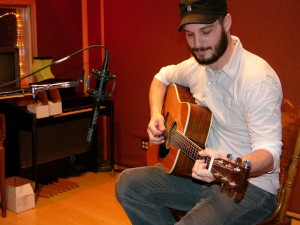
For purposes of this post we’ll talk only about stereo mic techniques for an acoustic guitar since that tends to offer more options, and as such, sometimes more confusion about which technique is best for both your instrument and the sound you want for the particular song you’re recording.
Recording an acoustic guitar in stereo is a good choice when it’s the only guitar in the song. Having to negotiate a lot of different recorded stereo images while mixing can be too distracting and offer too many problems when trying to place the guitar in your mix (it happens). All those instruments that have their own stereo image start to step on one another in your total mix stereo image. When the guitar is there just to help with the rhythm, then recording it mono is a traditional approach. Often times the more or a “purist” and audio engineer is, the less likely they’ll record in stereo unless absolutely necessary and even then with massive attention paid to phase.
If, however, you want to highlight the guitar (i.e. signer/songwriter, folk-ish, ballads, songs without a lot of instrumentation, or the acoustic is the driving instrument for the song, etc.), then stereo is a good way to go to help “feature” its sound within your mix.
Understand stereo mic techniques (the fundamental ones, anyway).
XY mic technique. (click link for image). Most people know this already. Primary benefit is that you have virtually no phase issues. Personally for acoustic guitar recording, however, I’m not a fan. It’s too restricted to capture the entire sound of the guitar unless you back away by at least 2 feet in which case you have to take your room sound into consideration as well.
Spaced pair mic technique. Again, most people know this one; basically two mics (in strict terms parallel to one another) that are at least 12″ apart. I tend to use a “version” of this technique more as if your spaced pair are spot mics.
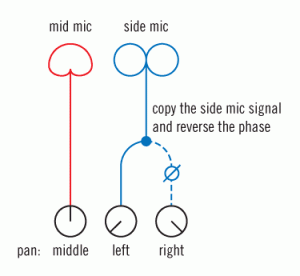
MS mic technique Hard to get used to the first time you use it, but a very cool for a lot of applications. You need two mics: one figure 8 and one cardioid.The cardioid is pointed directly at the sound source (the “M” in MS for mid), and the figure 8 is positioned so that both sides (the “S”) of that mic are parallel to the sound source… sort of like the two mics create a T. This image shows the two patterns and how you create the stereo image using your console or software. In the end stereo is pretty much differences in phase between Left and Right, so this has a lot to do with what you do to the figure 8 mic after it’s recorded (or how its monitored and ultimately mixed). You mult (copy) the figure 8 mic signal. (you can record it as just a mono track, that’s fine, and do all this only when monitoring the recording and while mixing), pan the two resulting tracks from the figure 8 mic, and flip the phase on the “right” one. Keep in mind your cardioid mic is still straight up center. Keep the two figure 8 tracks the same level to each other, but as you bring them up or down when compared to the level of the cardioid mic, you make the stereo image wider or narrower. Only issue I have here in regards to an acoustic guitar recording is again that the way the mics have to be set up (like the xy, close together) means that you are placing them on one area of the instrument. Sometimes that’s great, sometimes not.
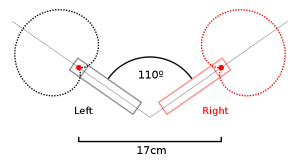
OTRF mic technique Thank the French national broadcasting system for this one. You start like an XY, but instead of the two mics pointing like their tips are touching you point them the opposite direction (110 degree angle) and by textbook place them 17 cm apart (the microphone diaphragms). This is said to be extremely close to how we hear with out own ears (hence the 17 cm distance) so the recording sounds as though you’re actually sitting in front of the instrument.
Recording Acoustic Guitar Mic Placement Ideas
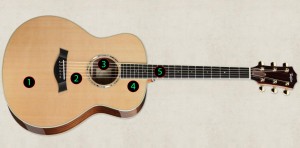
Understand the tone locations. I tend to like “interesting” images on acoustics, so take a spaced pair starting point and move around neck-side and body-side until both mics get the combined tone that best fits the need (but that’s just me. you can take the above mic techniques and apply to tone locations as well. above all: always experiment. the point is to get the right sound and a good sound for the guitar). Referencing the numbers in the image of this wonderful Taylor GS7 guitar of which I am so fond ;)
1) Big body, big bottom. You’ll get your low-end (as well as boomy, so be careful) and a general warmth of the wood in this area well behind the bridge, but not too close to the edge. The clarity of all the notes are not as… clear… here, however, so don’t rely on it to get everything you need. Try placing your mic off axis to decrease the proximity effect of the cardioid microphone.
2) Twang between bridge and sound hole. Closer to higher strings for more of the brightness. The string sound here is tight and twangy. Off axis will slightly decrease the harshness, as well as pulling it further away by inches. There’s a “solid” sound to the wood as well in this area. If you lower the mic below the strings so it’s approaching the edge where the guitar starts to narrow you’ll get less string twang and more of the “tight” sounding wood tone.
3) Sound hole balance. I tend to prefer towards the top, angling down towards the lower strings (again, angled of off axis to help control any boom from close mic’ing). You should get a fairly balanced high to low tone here, but depending on the guitar will lose some of the high-mids.
4) Bony Shoulders. I’m sure you’ve tapped and slapped the wood at various places on acoustic guitars. Start there to help understand what the sound will be like placing a microphone at position four. The wood is tense and there’s not a lot of space for it to resonate and release, so it’s got some tight mids and a solid woody tone. Of course, being close to the strings and neck, you’ll get a decent amount of pick attack as well.
5) 12 fret subtle and smooth harmonics. Great place for a small diaphragm mic, angled inward to get a balanced string tone with all of the complimentary harmonics from the string vibrations at that position. If you EQ out some of the more harsh (1-3k) attach sounds, you can get some good sounds here that balance with any other mic placement on the body.
… yes…. there’s a lot of people who record “over the shoulder” as a possible microphone placement, but I’ve personally never been a fan, so… there you go.
Normally you can get away with either large or small diaphragm condenser mics, though I tend to prefer a large for anything capturing the body of the guitar…. and NO they do not have to be a matched pair. It’s nice of you’re using XY or OTRF, but for spot mic’ing where you’re grabbing totally different tones of the instrument, who cares… or more importantly: use the mic that you think sounds the best for each position, that’s all the matters in the end.
Published: by | Updated: 07-02-2014 08:27:39


